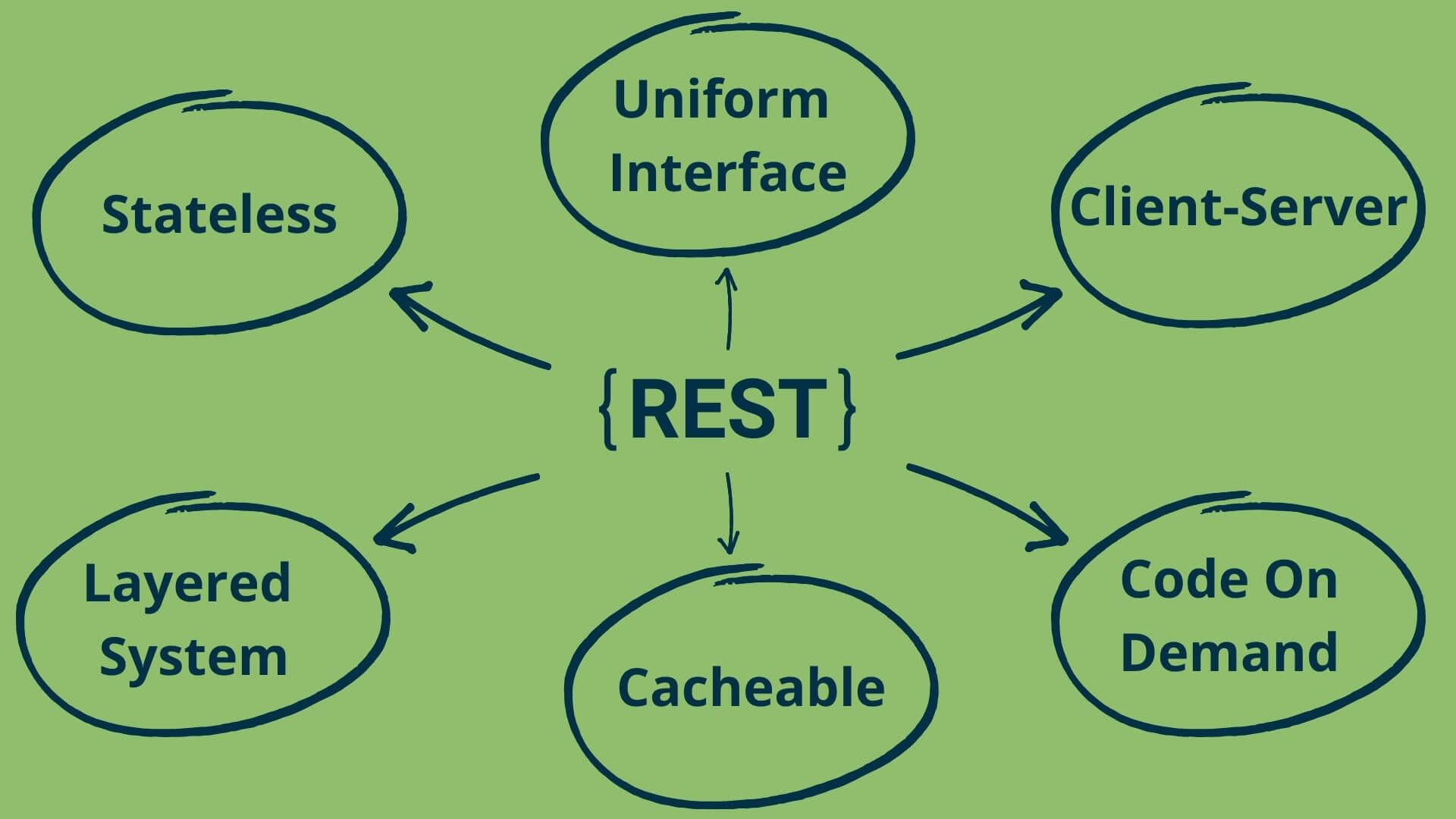API Architecture Anomalies: Designing and Debugging RESTful APIs

Executive Summary

Professionally designed and well-architected RESTful APIs are the lifeblood of modern software systems, providing seamless data exchange and integration between various applications and services. However, despite careful planning and development, anomalies and issues can arise during the API lifecycle, potentially leading to performance degradation, data integrity problems, and user frustration. This article delves into the common architectural anomalies that plague RESTful APIs, offering practical guidance and debugging strategies to help developers identify and resolve these issues effectively.

Introduction
RESTful APIs have become ubiquitous in the realm of software development, facilitating efficient communication and resource management across distributed systems. Their simplicity, flexibility, and scalability make them a popular choice for building robust and maintainable applications. However, understanding and addressing potential architectural anomalies is crucial for ensuring optimal API performance and reliability.
FAQs
Q: What are architectural anomalies in RESTful APIs?
A: Anomalies in RESTful APIs refer to deviations from recommended design patterns and best practices that can lead to performance issues, security vulnerabilities, and maintenance challenges.
Q: Why is debugging RESTful APIs important?
A: Debugging anomalies in RESTful APIs is crucial for maintaining API stability, ensuring data integrity, and providing a reliable user experience. Promptly identifying and resolving issues can prevent cascading failures and minimize the impact on dependent systems.
Q: What are some common debugging tools for RESTful APIs?
A: Various debugging tools and techniques can aid in troubleshooting RESTful APIs, including API monitoring tools, logging frameworks, and automated testing suites. These tools provide insights into API behavior, request-response patterns, and error handling mechanisms.
Top 5 API Architecture Anomalies and Debugging Strategies
1. Overloaded Endpoints
Description: Endpoints handling an excessive number of requests or a wide range of operations, leading to performance bottlenecks and potential data corruption.
- Break down overloaded endpoints into smaller, more focused ones.
- Implement rate-limiting mechanisms to control the volume of incoming requests.
- Employ caching strategies to reduce the load on backend systems.
- Optimize database queries and indexing to improve data retrieval efficiency.
2. Insufficient Error Handling
Description: APIs that fail to provide meaningful error messages or handle unexpected conditions gracefully, resulting in cryptic error responses and user confusion.
- Define a comprehensive error handling strategy that includes specific error codes and clear, actionable messages.
- Implement exception handling mechanisms to catch and handle errors effectively.
- Provide detailed error logs for debugging and troubleshooting purposes.
- Use API documentation to clearly communicate the expected behavior and potential error scenarios.
3. Security Vulnerabilities
Description: APIs that lack proper security measures, such as authentication, authorization, or encryption, leaving them susceptible to malicious attacks and data breaches.
- Enforce strong authentication and authorization mechanisms to prevent unauthorized access.
- Implement input validation and data sanitization to mitigate input-based attacks.
- Use encryption and secure protocols to protect data during transmission.
- Regularly review and update security measures to address emerging threats.
4. Inconsistent Resource Representation
Description: APIs that return inconsistent or incomplete data across different endpoints or over time, leading to confusion and data integrity issues.
- Define a clear and consistent data model for API responses.
- Use versioning and deprecation strategies to manage changes in the API’s resource representation.
- Implement data validation and normalization processes to ensure data accuracy and consistency.
- Provide documentation that clearly explains the expected data structure and format.
5. Poor Documentation and Testing
Description: APIs that lack comprehensive documentation or automated testing, making it difficult to understand and maintain their functionality and behavior.
- Create well-written API documentation that includes clear endpoint descriptions, request-response examples, and error handling guidelines.
- Implement a rigorous testing strategy that covers both functional and non-functional aspects of the API.
- Use automated testing frameworks to streamline the testing process and ensure API stability.
- Collect and analyze API usage data to identify areas for improvement and optimization.
Conclusion
Building and maintaining high-quality RESTful APIs requires a deep understanding of common architectural anomalies and effective debugging strategies. By addressing these anomalies early on in the development process and implementing robust debugging mechanisms, developers can ensure the reliability, performance, and security of their APIs. Continuous monitoring, testing, and user feedback are essential for proactively identifying and resolving issues, ensuring that APIs remain valuable and effective assets within the software ecosystem.
Relevant Keyword Tags
- API Architecture
- RESTful API Anomalies
- Debugging RESTful APIs
- API Performance Optimization
- API Error Handling


